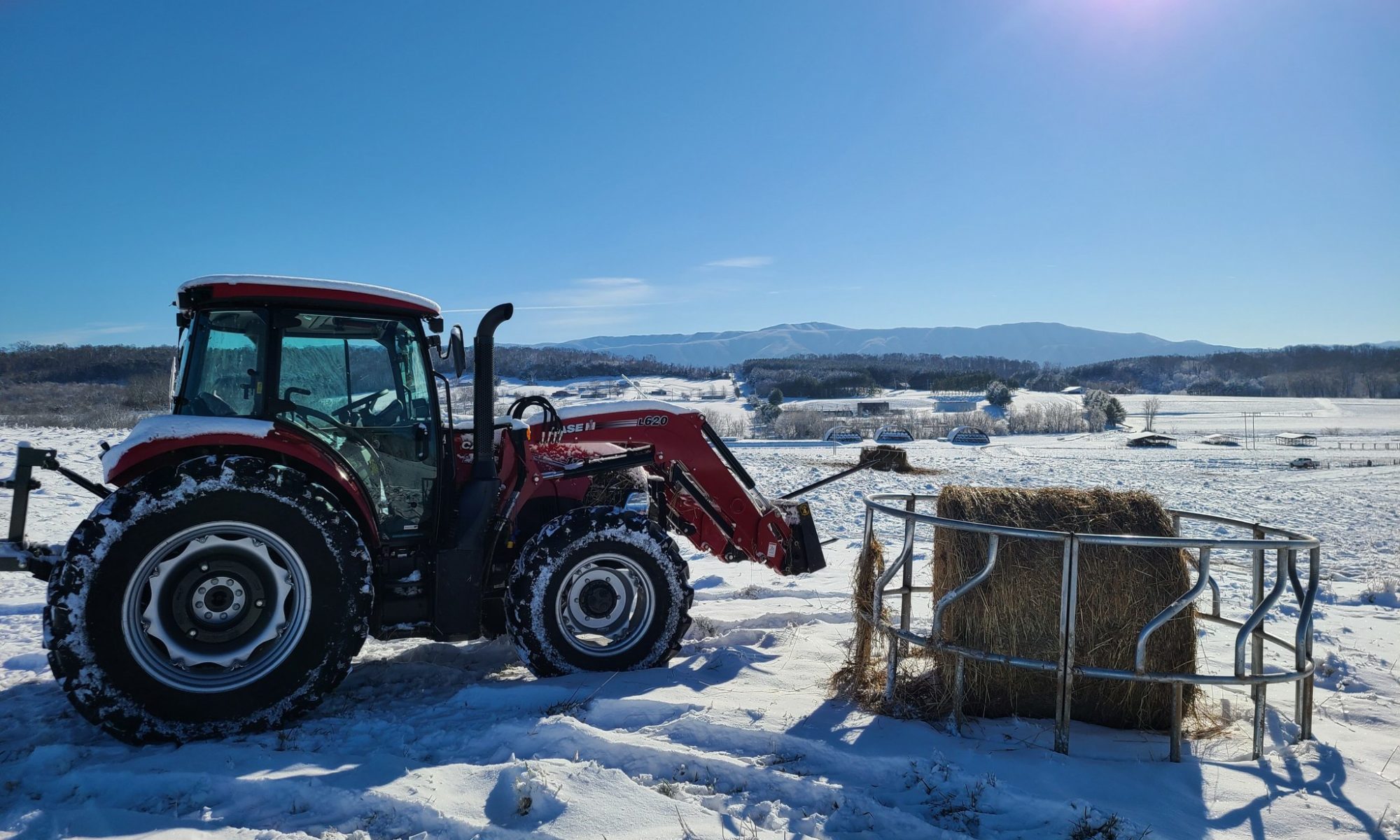

Dr. Katie Mason
Assistant Professor and Extension Beef Cattle Nutrition Specialist
Department of Animal Science
P: 865-974-8941
Originally published in Progressive Cattle, January 2024, magazine.” https://www.agproud.com/articles/58712-southeast-what-to-do-when-hay-supplies-are-limited
Though there are opportunities to extend the grazing season across the Southeast, hay remains a staple feedstuff to get through the winter-feeding season. Given the drought conditions in the region this past year, it is likely that many cattle operations will find themselves short on hay supplies. There are important considerations surrounding feeding decisions when hay supplies are limited.
Assess the situation. Determine which animals should be culled due low productivity. This could open cows, those that calved late, cows that wean light calves, or those that have temperament issues. Once herd size has been reduced, estimate hay needs and hay availability. A cow will typically eat 2 to 2.5% of her body weight in dry matter per day. Accounting for waste, it is safe to approximate 30 to 35 lbs of hay per cow per day. When estimating hay availability, try to get an average weight of the hay bales that are available. Realize that storage conditions influence hay loss; if storage conditions are less than ideal, adjust estimates to reflect the loss associated with the storage method.
Look for additional forage options or alternatives. This includes searching hay directories and working with local agriculture Extension agents to help locate hay. Forage substitutes include hay cubes, straw, or gin trash. Many of these substitutes have little energy value and will need to be used strategically to be successful. Grazing crop residues may also be an option, if there is a possibility to set up temporary fencing to make this a viable option.
Stretch hay supplies. A forage analysis, or “hay test,” will allow for strategic use of hay supplies by matching the feedstuff with the nutrient requirements of the cow herd. Fiber-based energy supplements work well in forage-based diets as they are complementary in the digestion process. Examples include soyhulls or other low-starch by-products and commercial feeds. Protein supplementation can improve the utilization of poor-quality forage, but may also increase total consumption, so free-choice feeding should be monitored closely.
Reduce waste. Feeding hay in a ring will reduce waste compared with feeding a bale directly on the ground. Bale unrolling may work for some operations, as long as the amount unrolled is equivalent to only what will be eaten in a day. Manage feeding areas to avoid excessive mud, as walking through mud to access feed burns energy quickly.
Keep an eye on body condition. The herd should be in a body condition of 5 to 6 to ensure successful rebreeding. Long-term effects, such as poor calf performance, can result from undernourished cows. Exercise careful judgment when considering the tradeoff of performance and short feed supplies to ensure long-term success of the herd.
